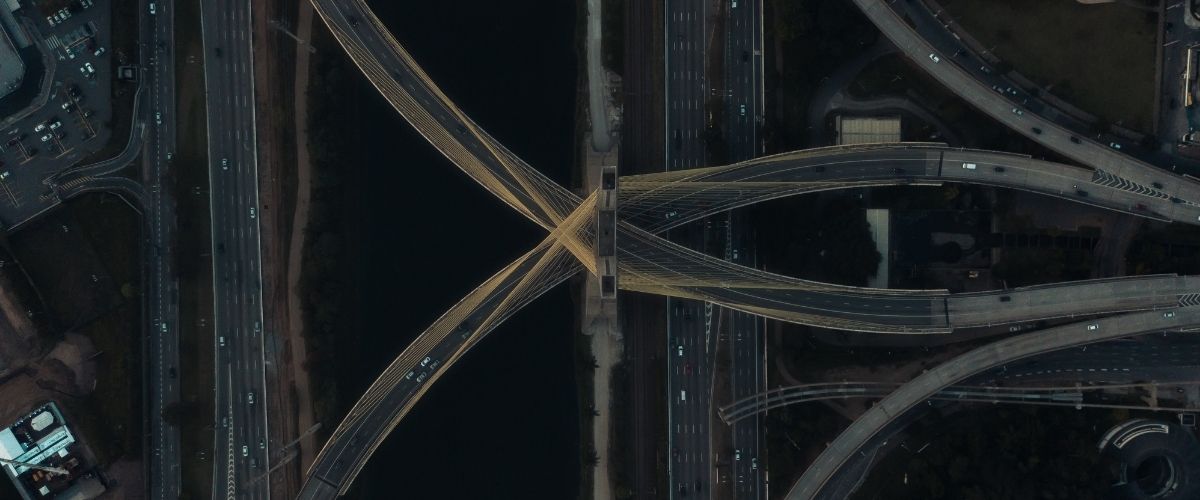1. 암거란 무엇인가요?
strong암거는 도로나 철도, 그리고 보해자가 장애 물을 건너 이동할 수 있도록 해주는 구조물이라는 점에서 교량과 유사합니다. 하지만 교량과 암거의 용어는 구별해서 사용되고 있습니다. 장애물의 유형, 사용용도, 주변지형, 시공성 그리고 경간 길이 등의 요소들이 암거와 교량을 구분하는 기준으로 사용되고 있습니다. 하나의 문장으로 정의하자면 암거는 땅 속에 묻힌 비교적 작은 통수로 구조물입니다. 미 연방 고속도로 관리국 (Federal Highway Administration)의 고속도로 암거의 수압설계 (Hydraulic Design of Highway Culverts)에서 National Bridge Inspection Standards (NBIS)에 따라 6.1m 이하의 구조물을 암거로 정의하고 있습니다. 이 기준이 두 구조물을 구분하는 표준은 아니지만 일반적으로 많이 사용되고 있습니다.


/08.%20Culverts/Figure/Culvert%20crosses%20the%20Major%20Ways%20(underpass%20and%20overpass).jpg?width=477&height=318&name=Culvert%20crosses%20the%20Major%20Ways%20(underpass%20and%20overpass).jpg)
/08.%20Culverts/Figure/Loads%20on%20Three-Sided%20Culvert%20(Flat%20top).jpg)

/10.%20Moving%20Load/Figure/Moving%20Load%20Analysis_figure_Example%20of%20design%20truck%20load.jpg)
/10.%20Moving%20Load/Figure/Moving%20Load%20Analysis_figure_Example%20of%20design%20lane%20load.png)
/10.%20Moving%20Load/Figure/Moving%20Load%20Analysis_figure_Braking%20and%20acceleration%20force.png)
/10.%20Moving%20Load/Figure/Moving%20Load%20Analysis_figure_Multi%20lane%20loading%20factor%20example.png)


